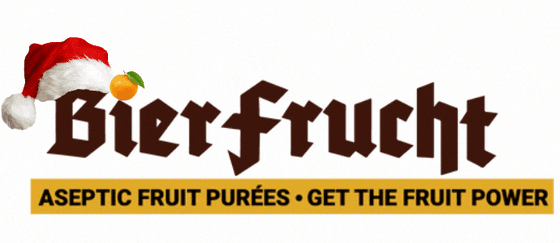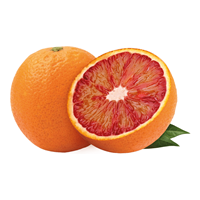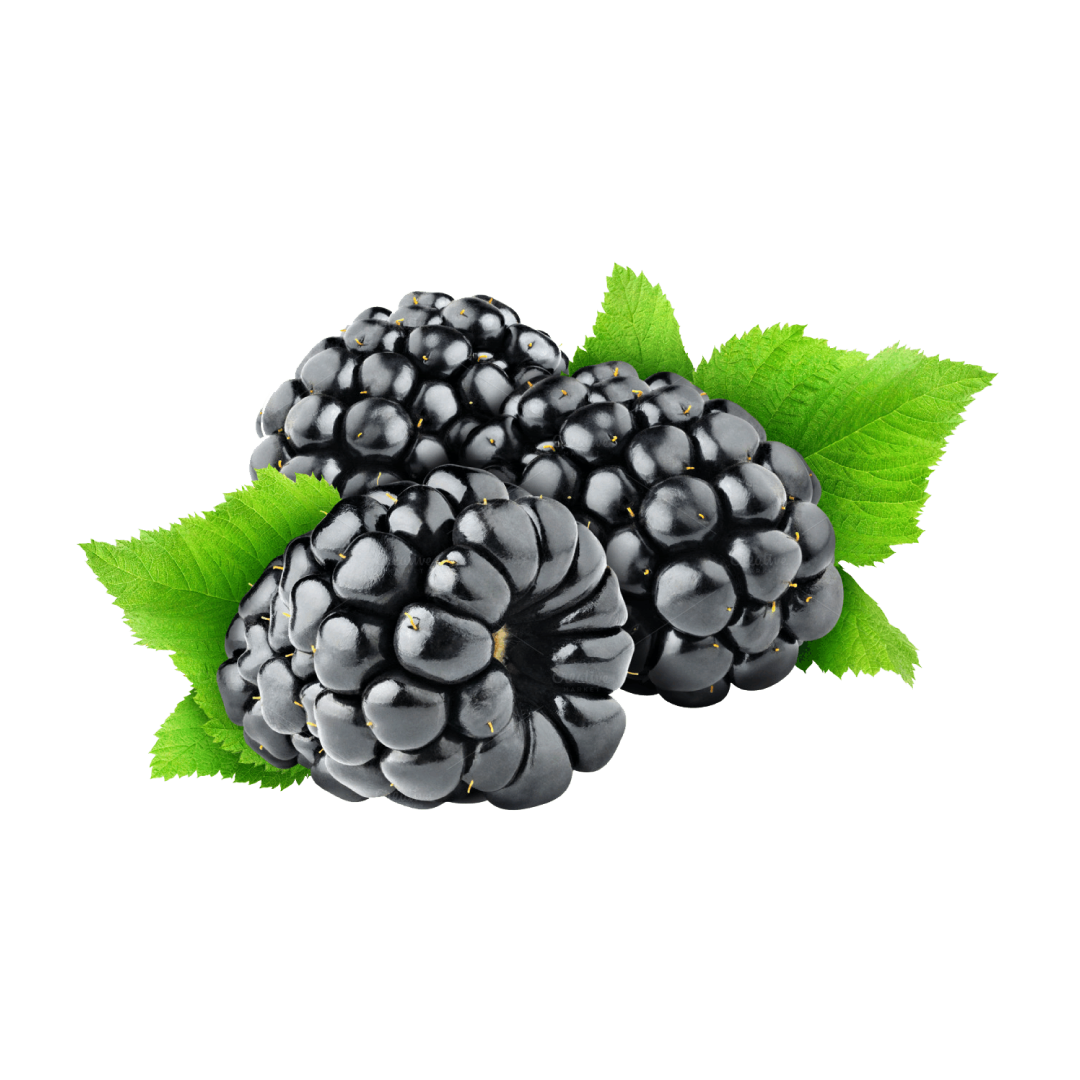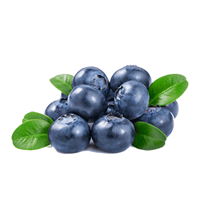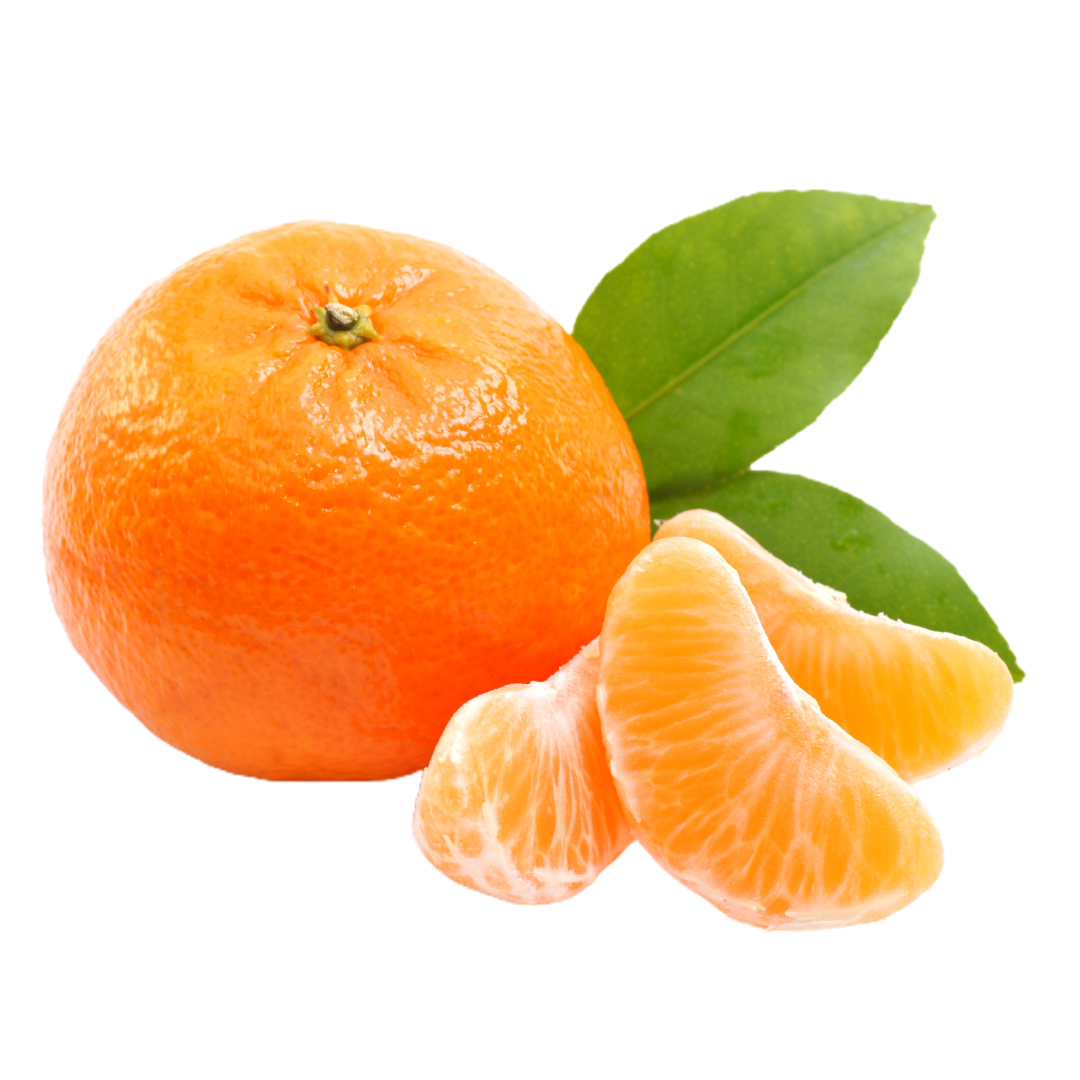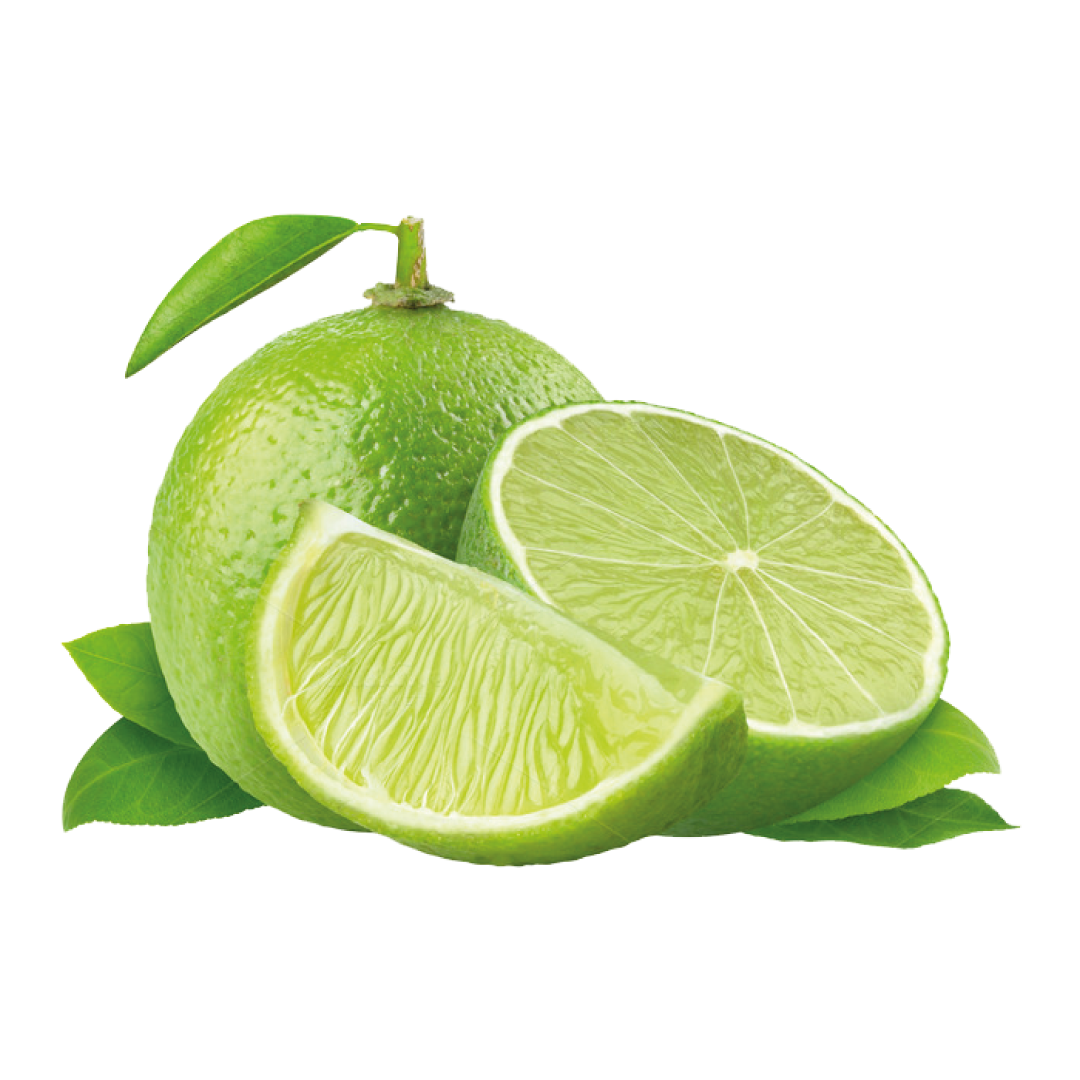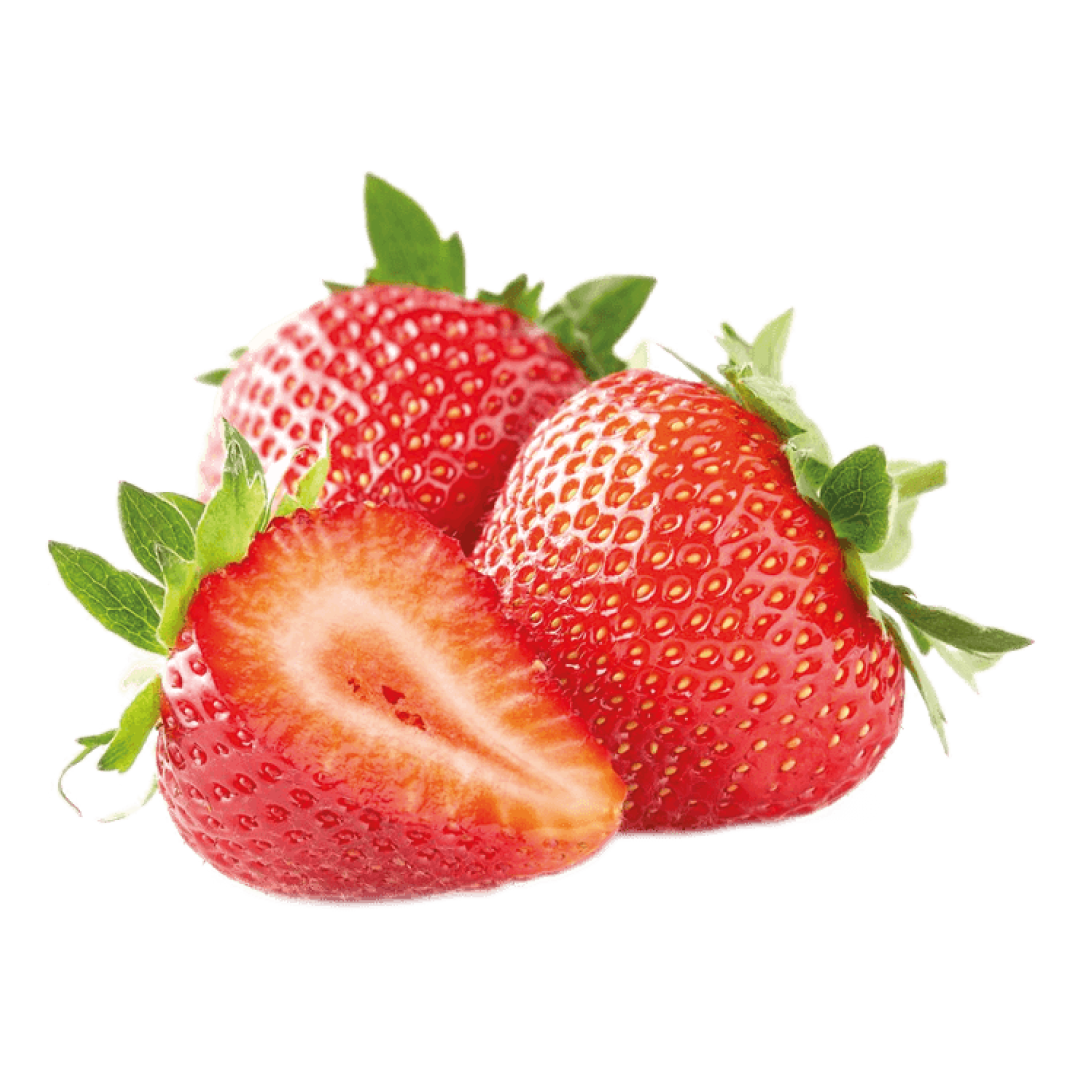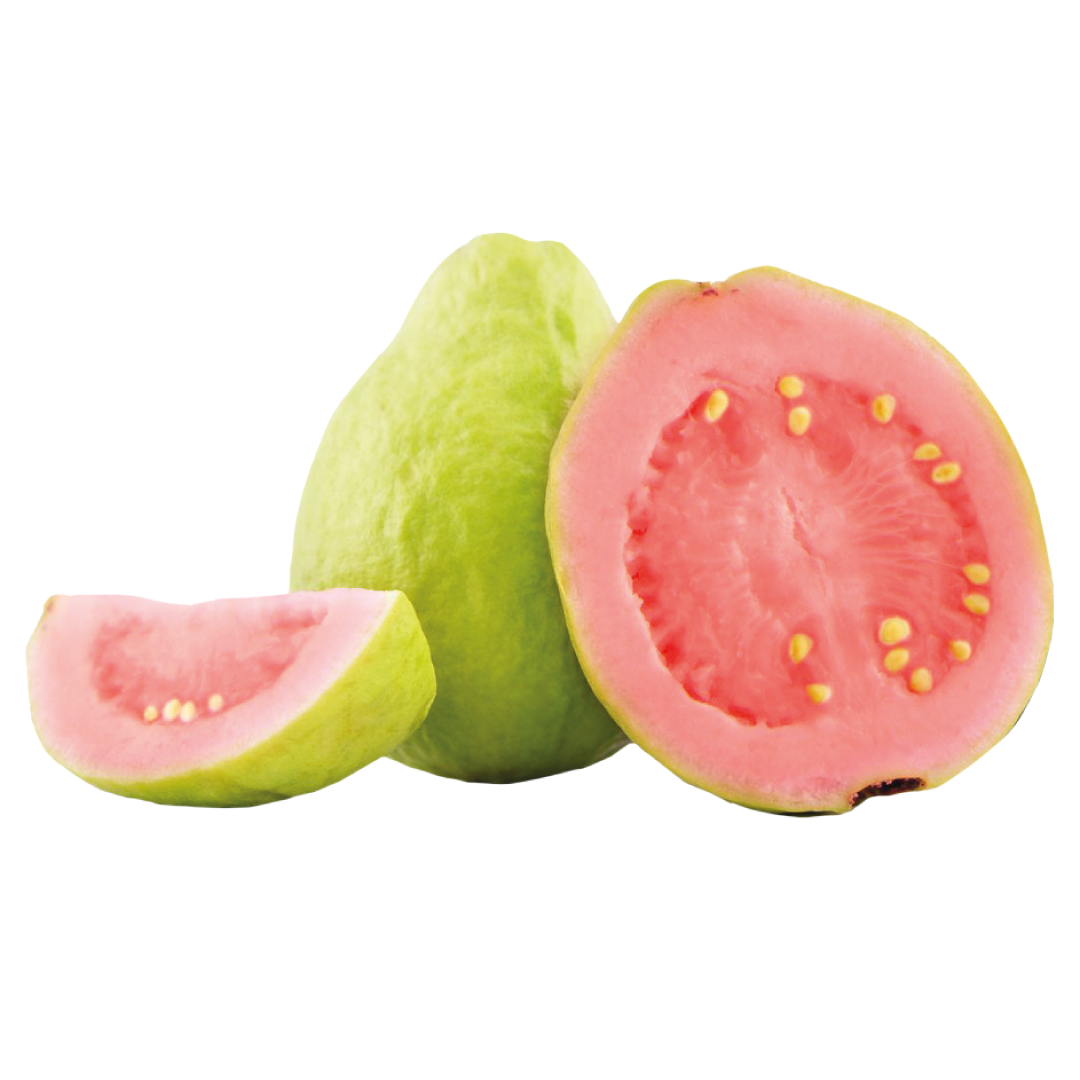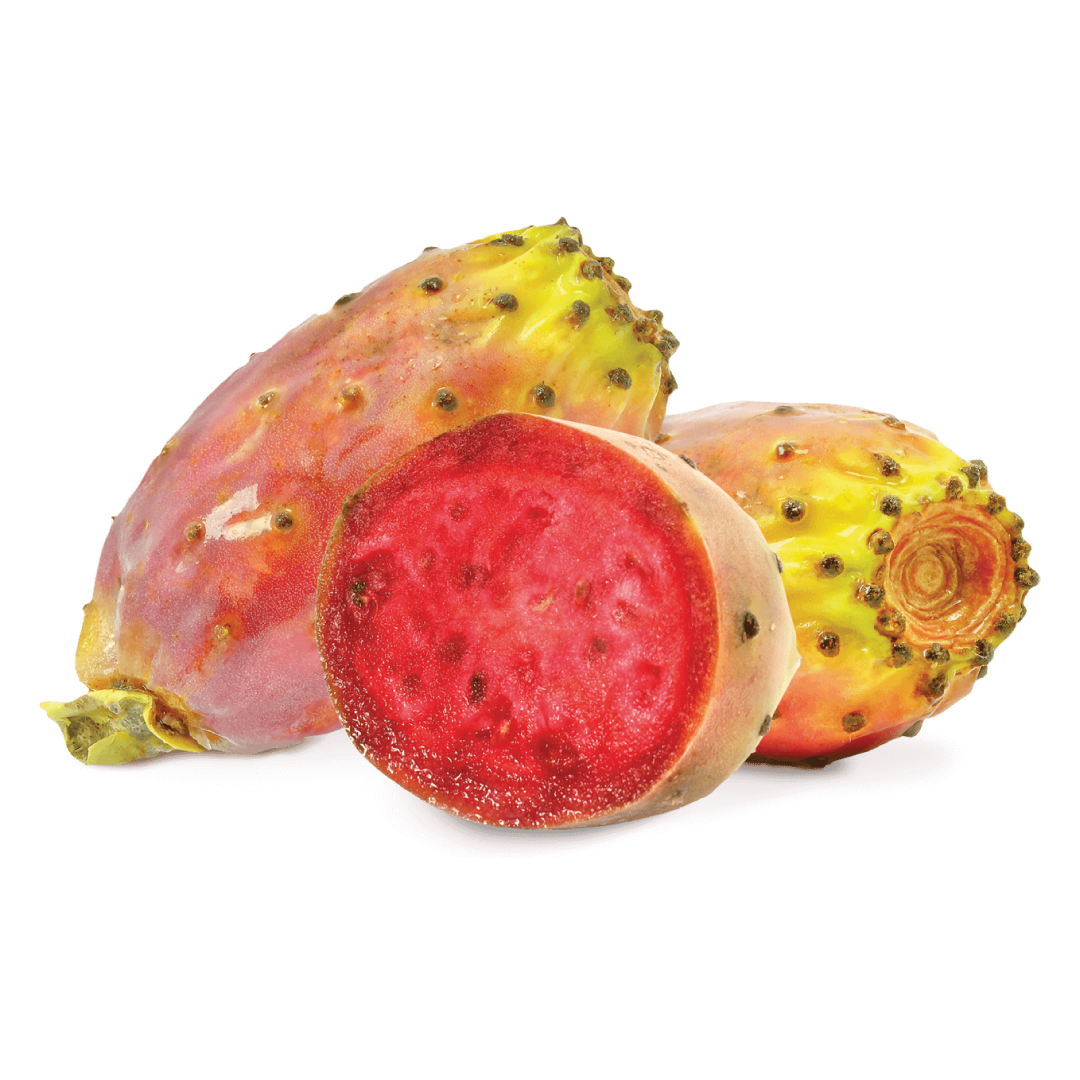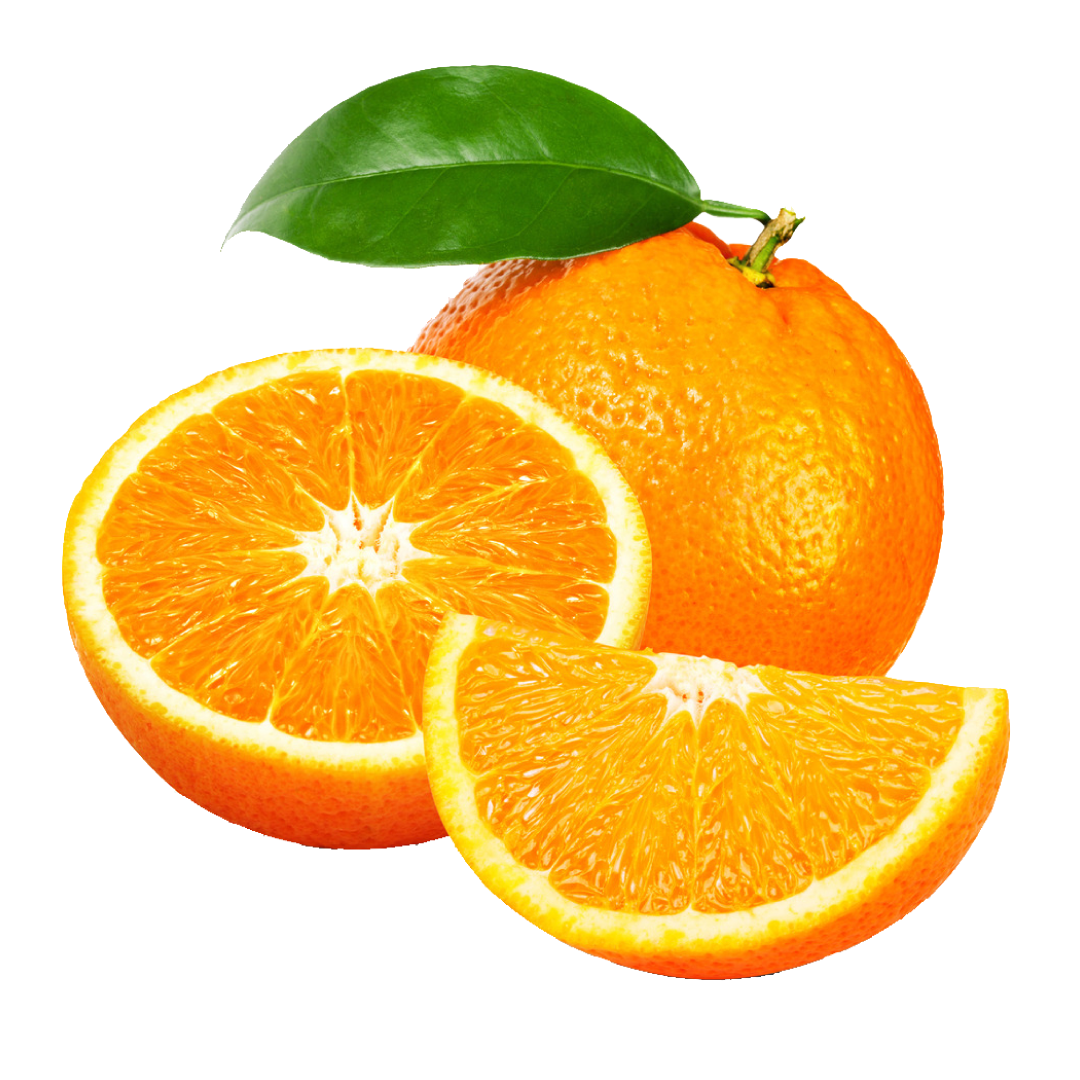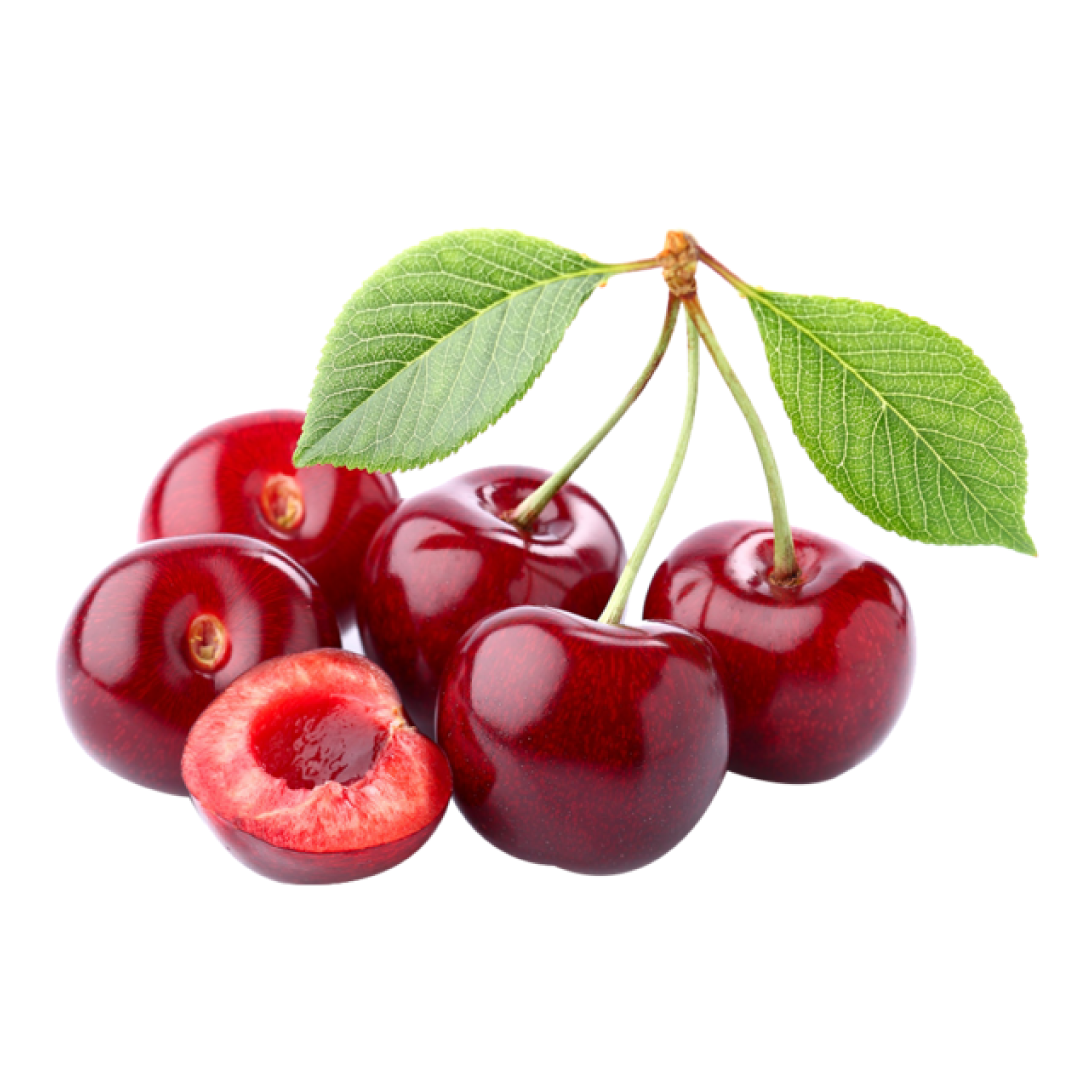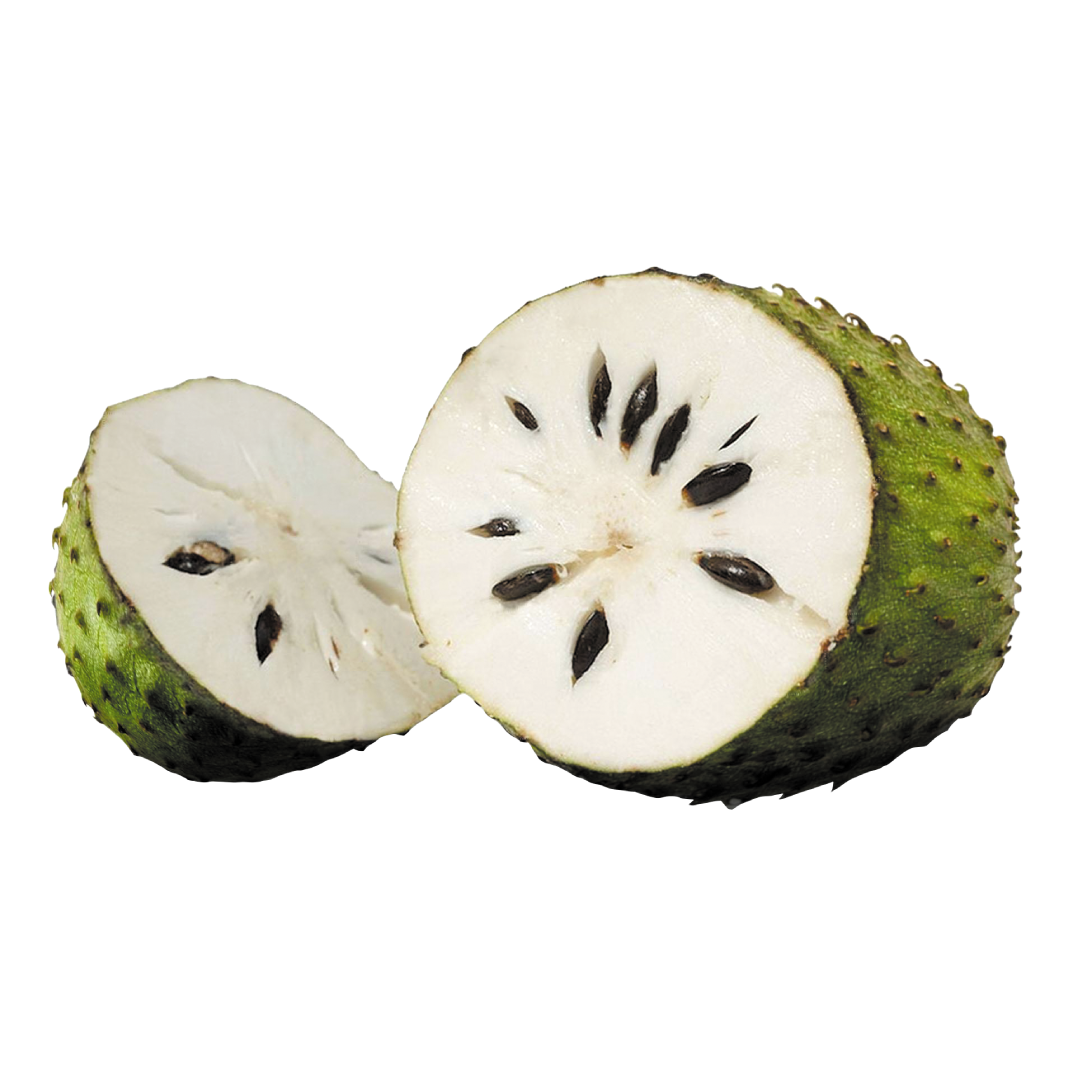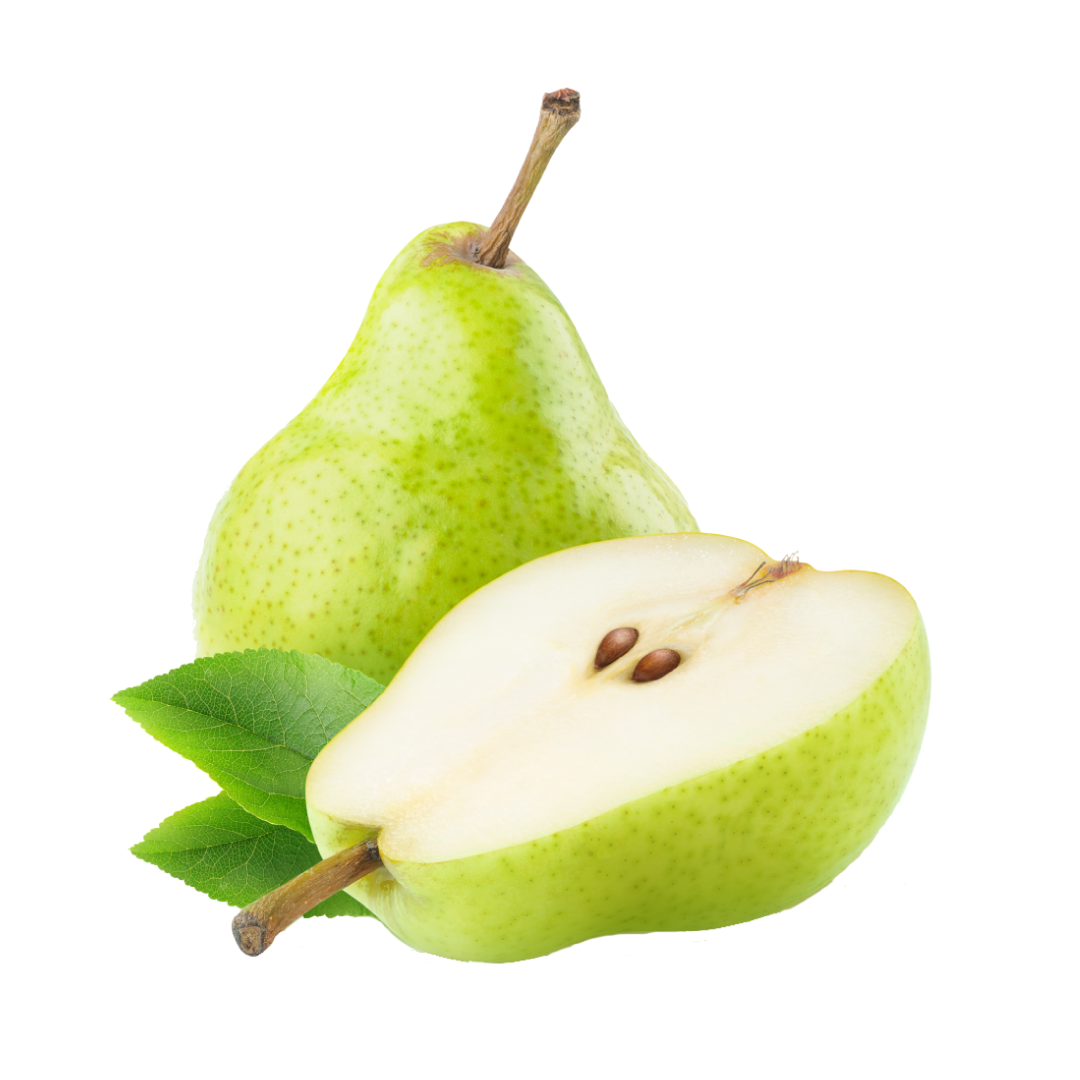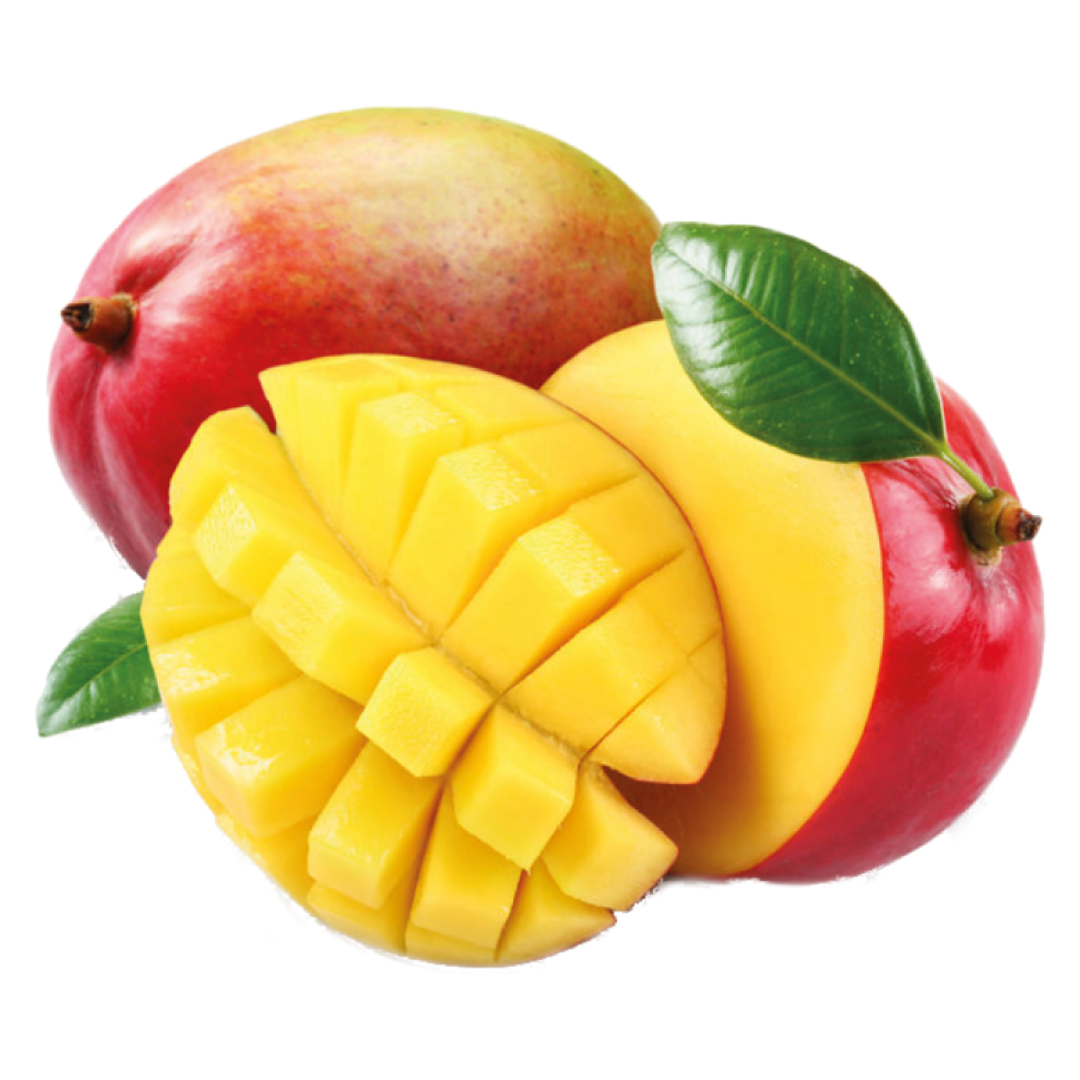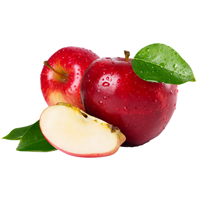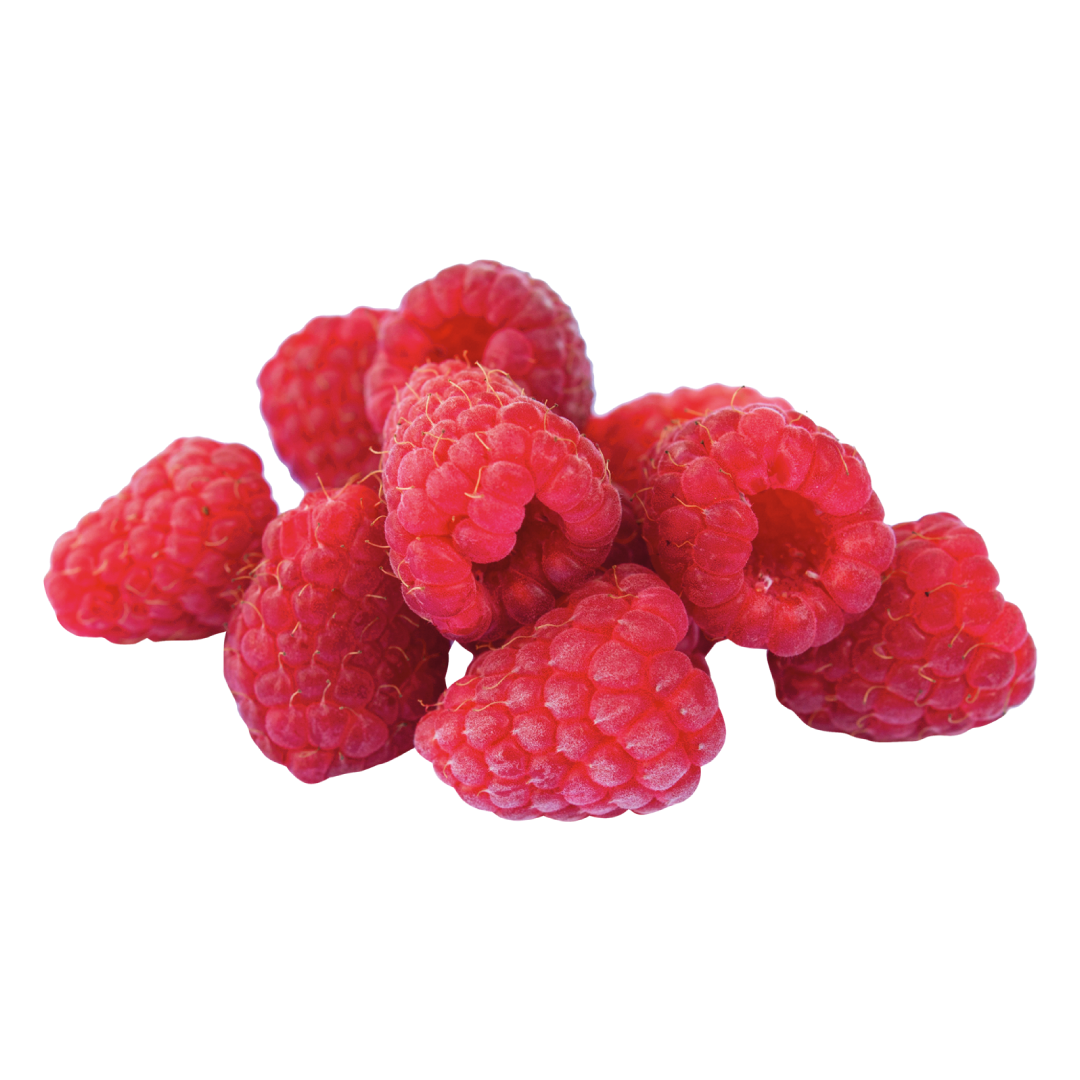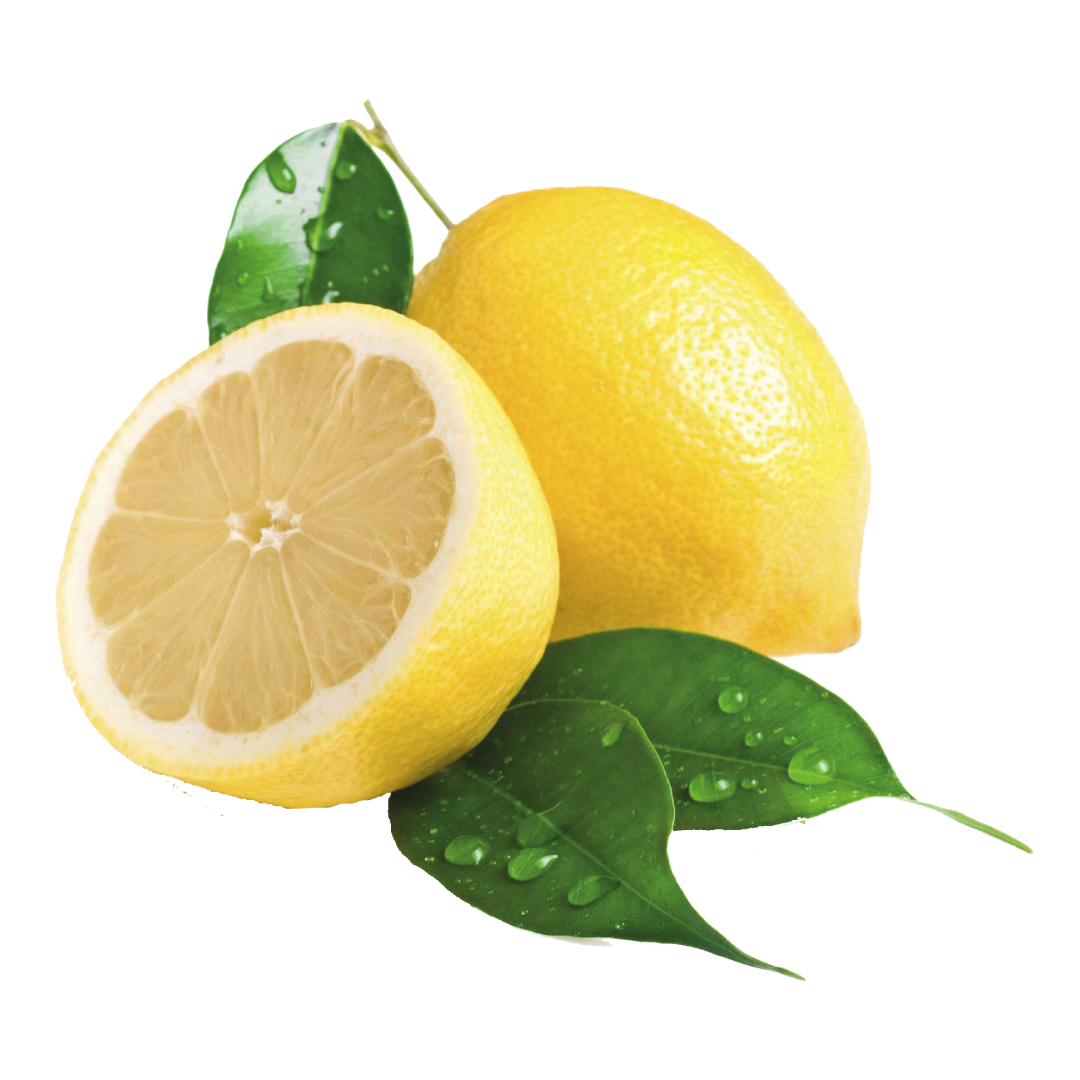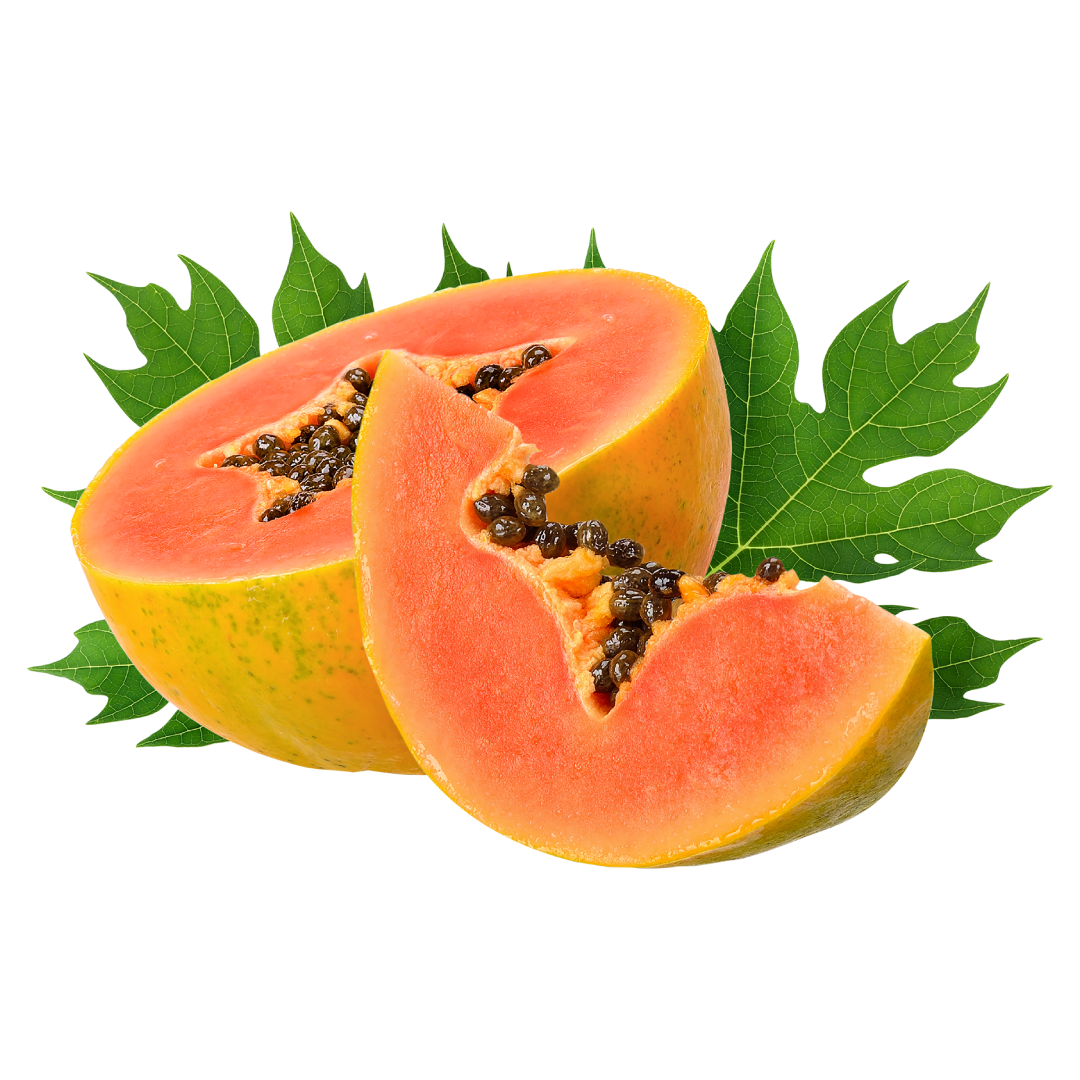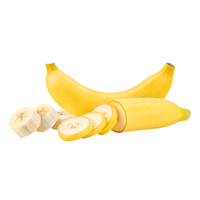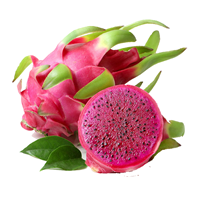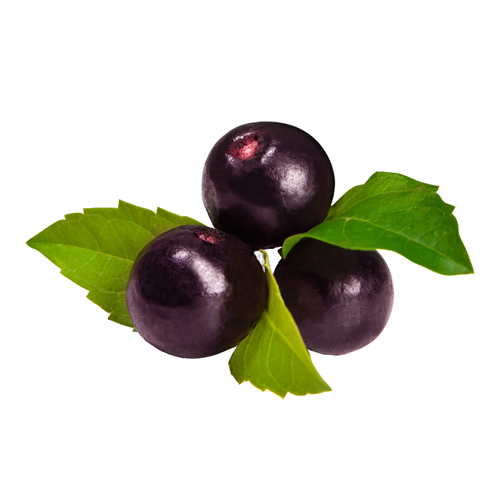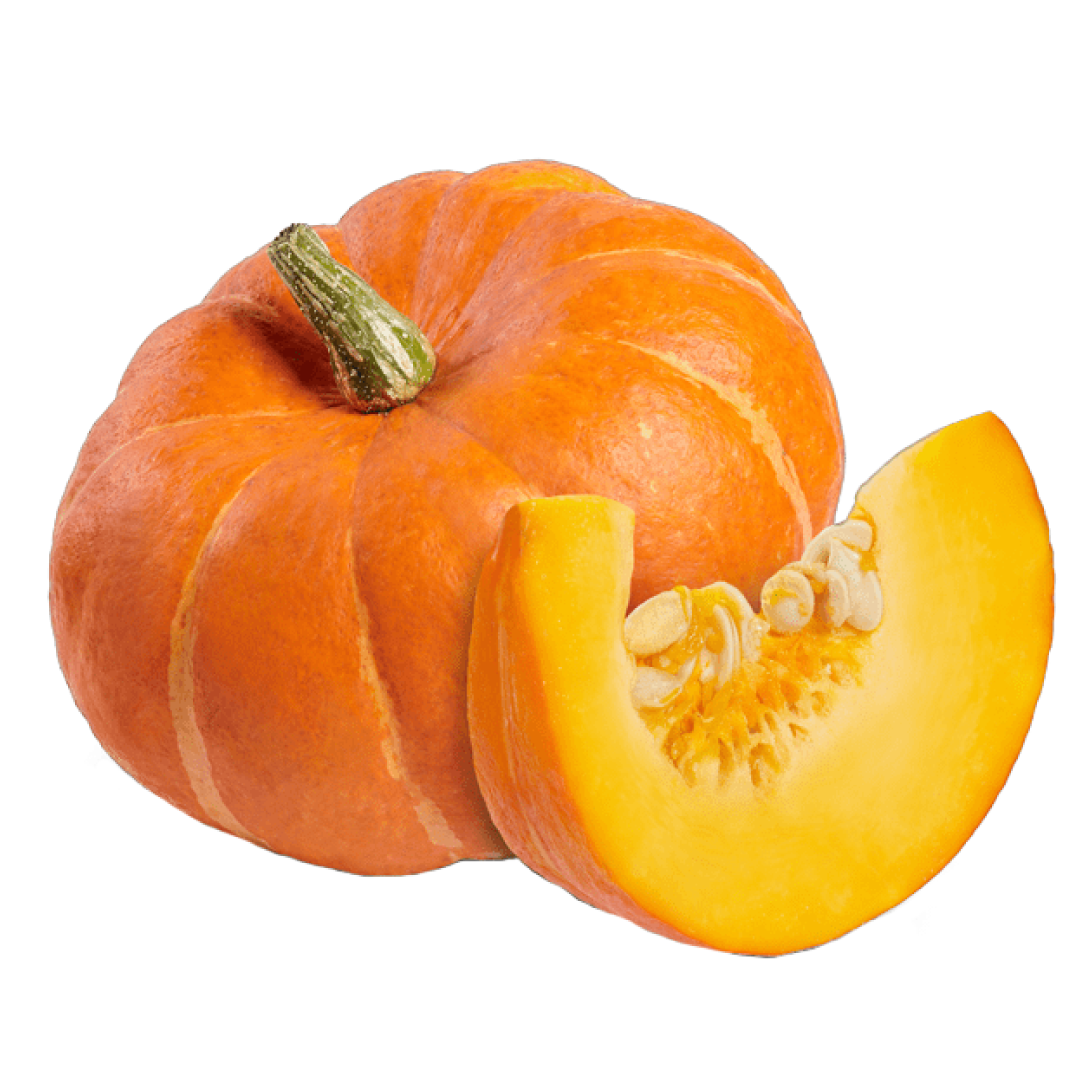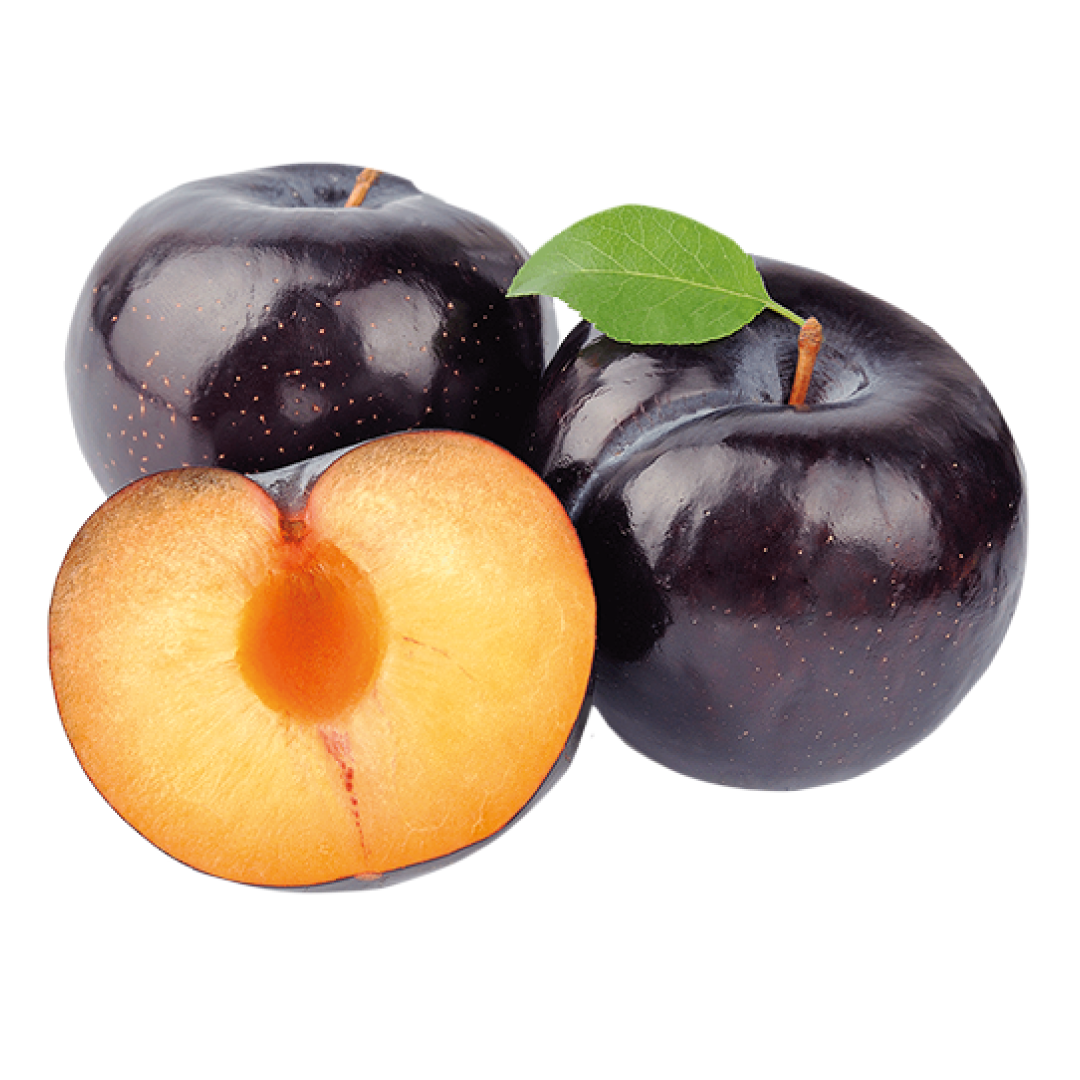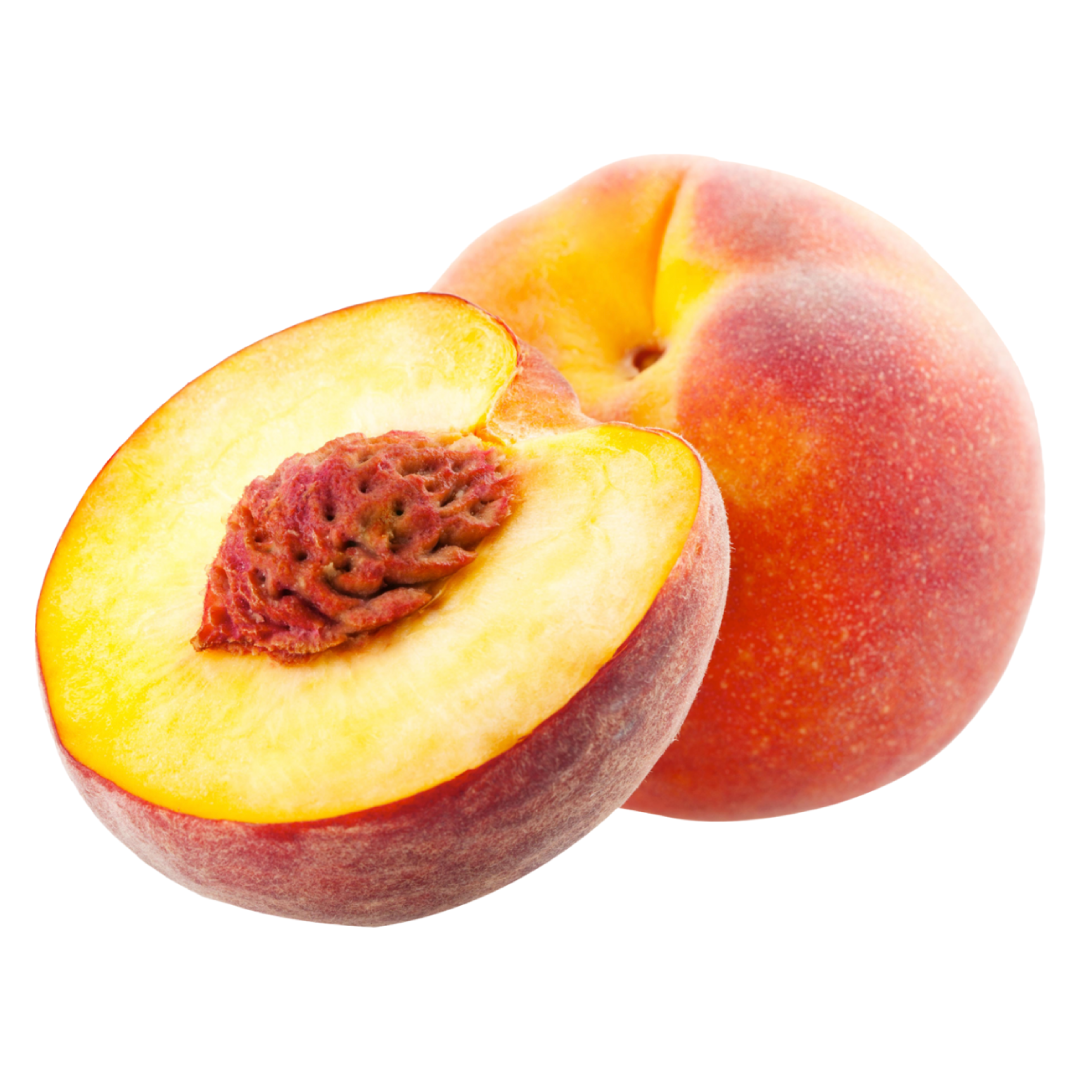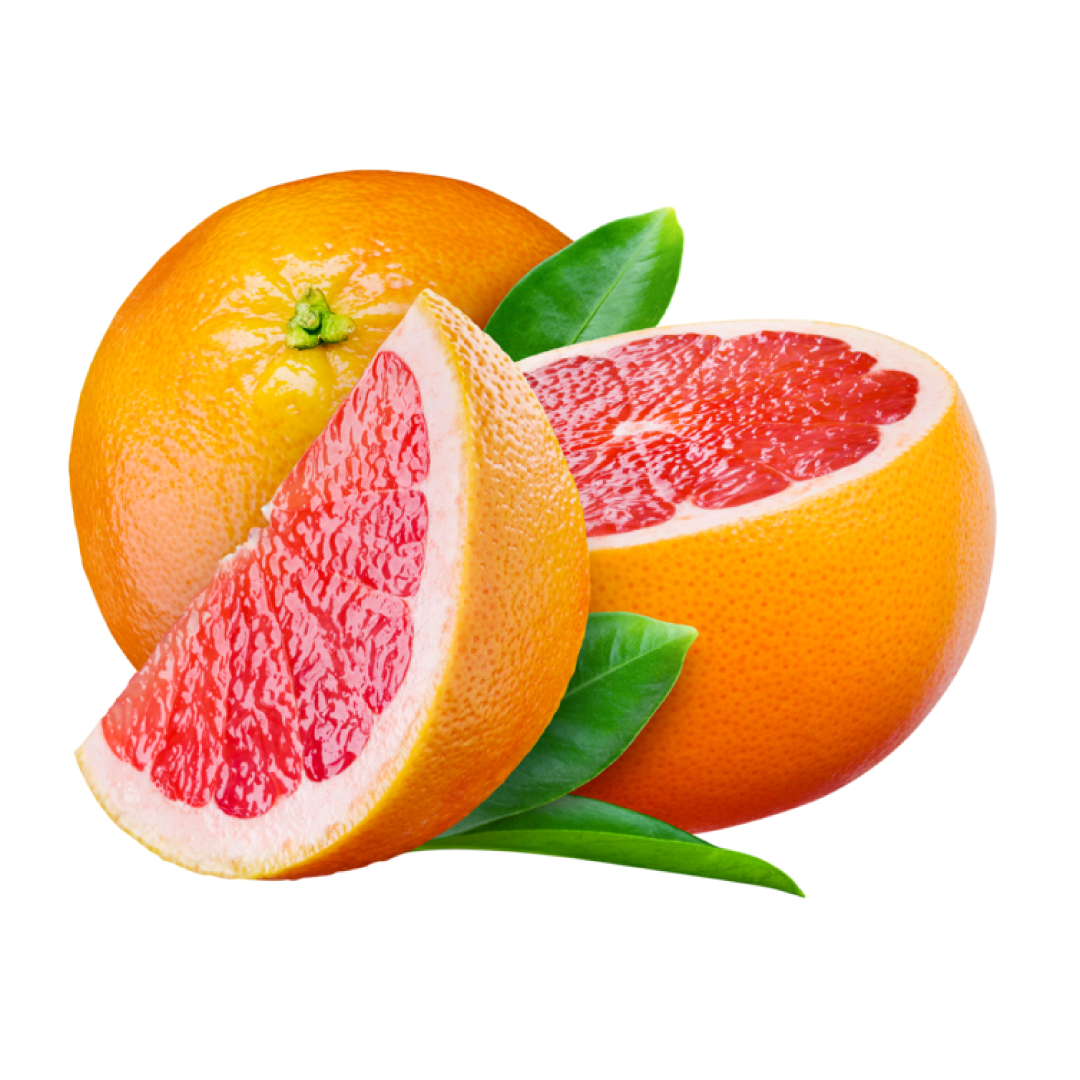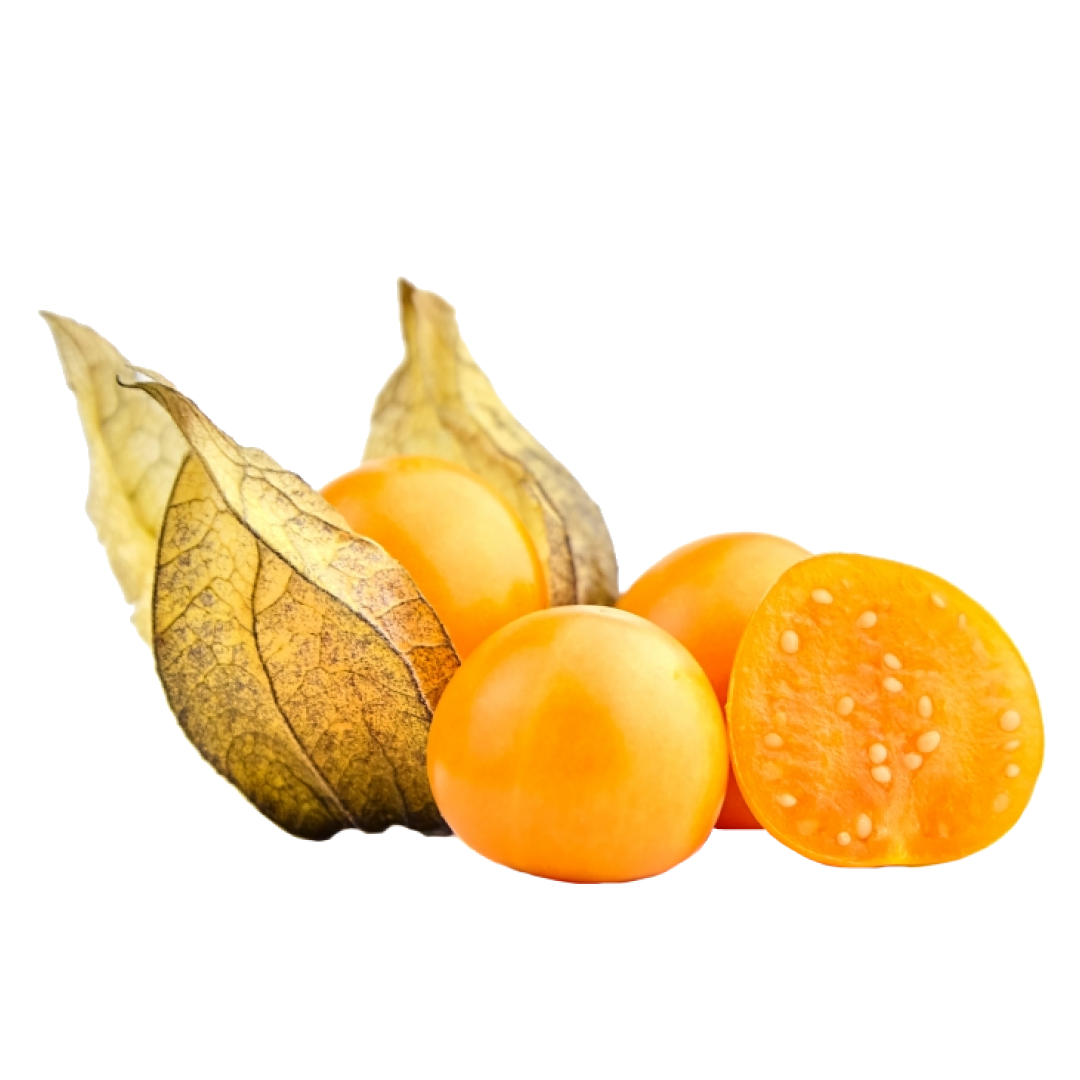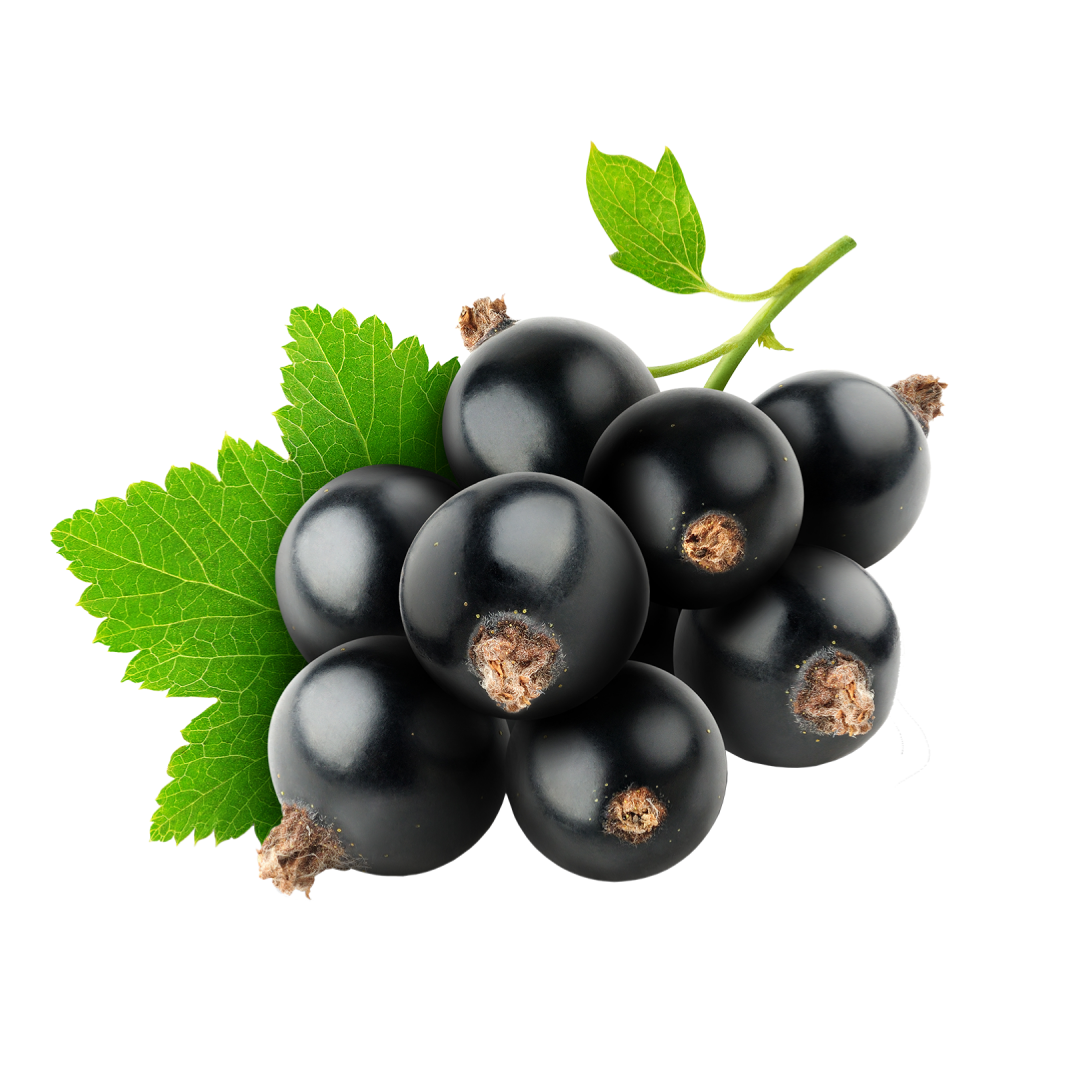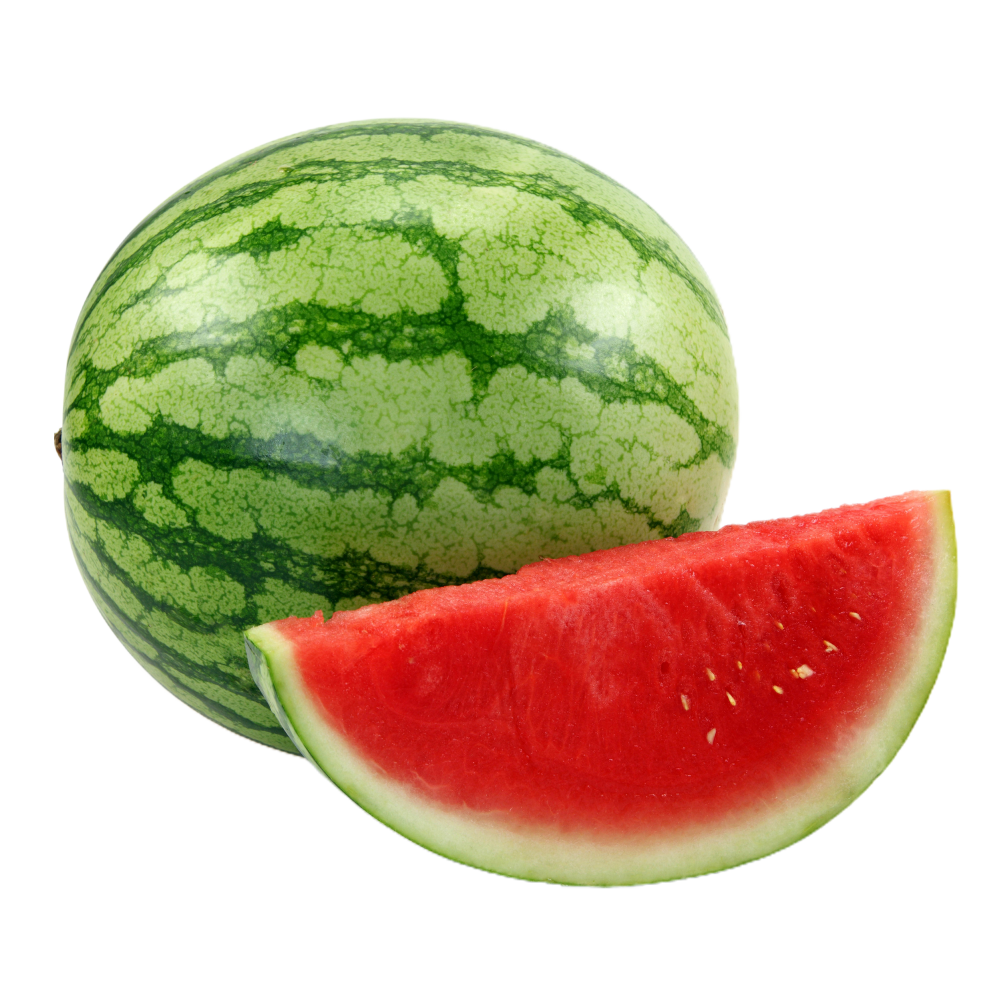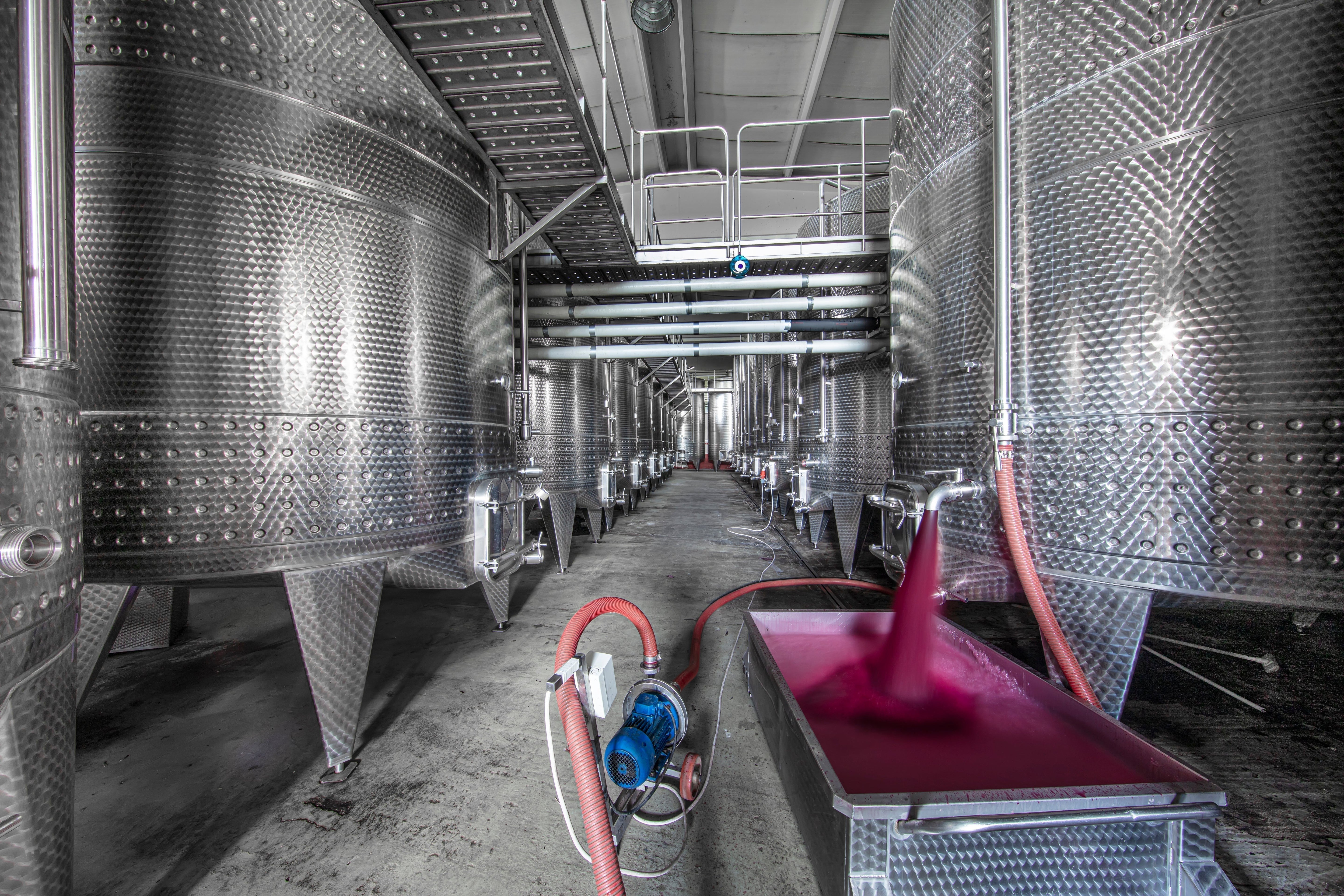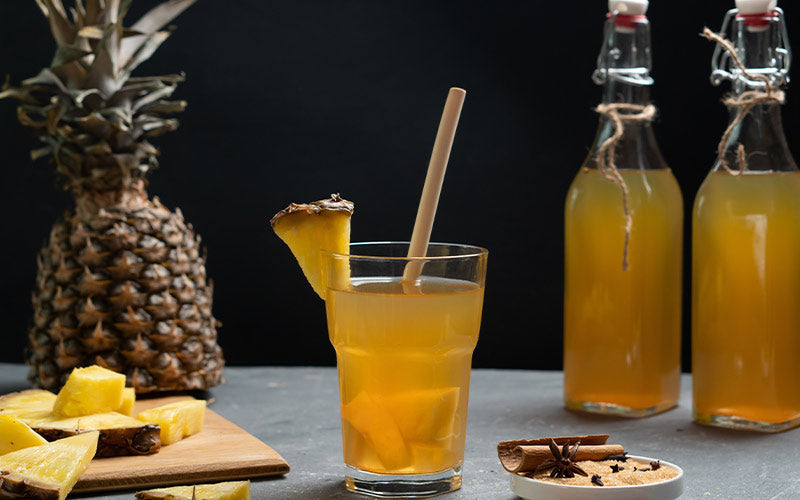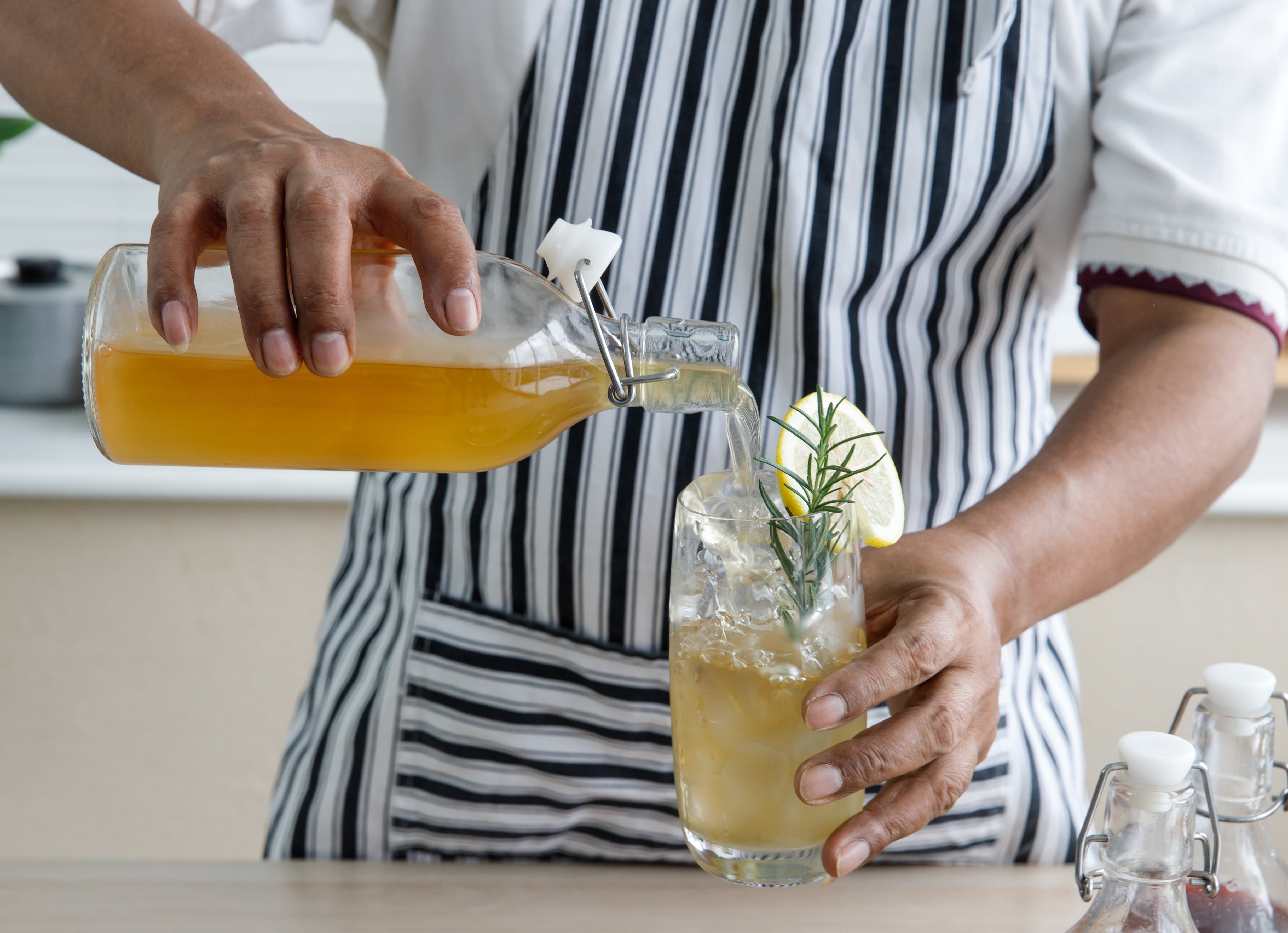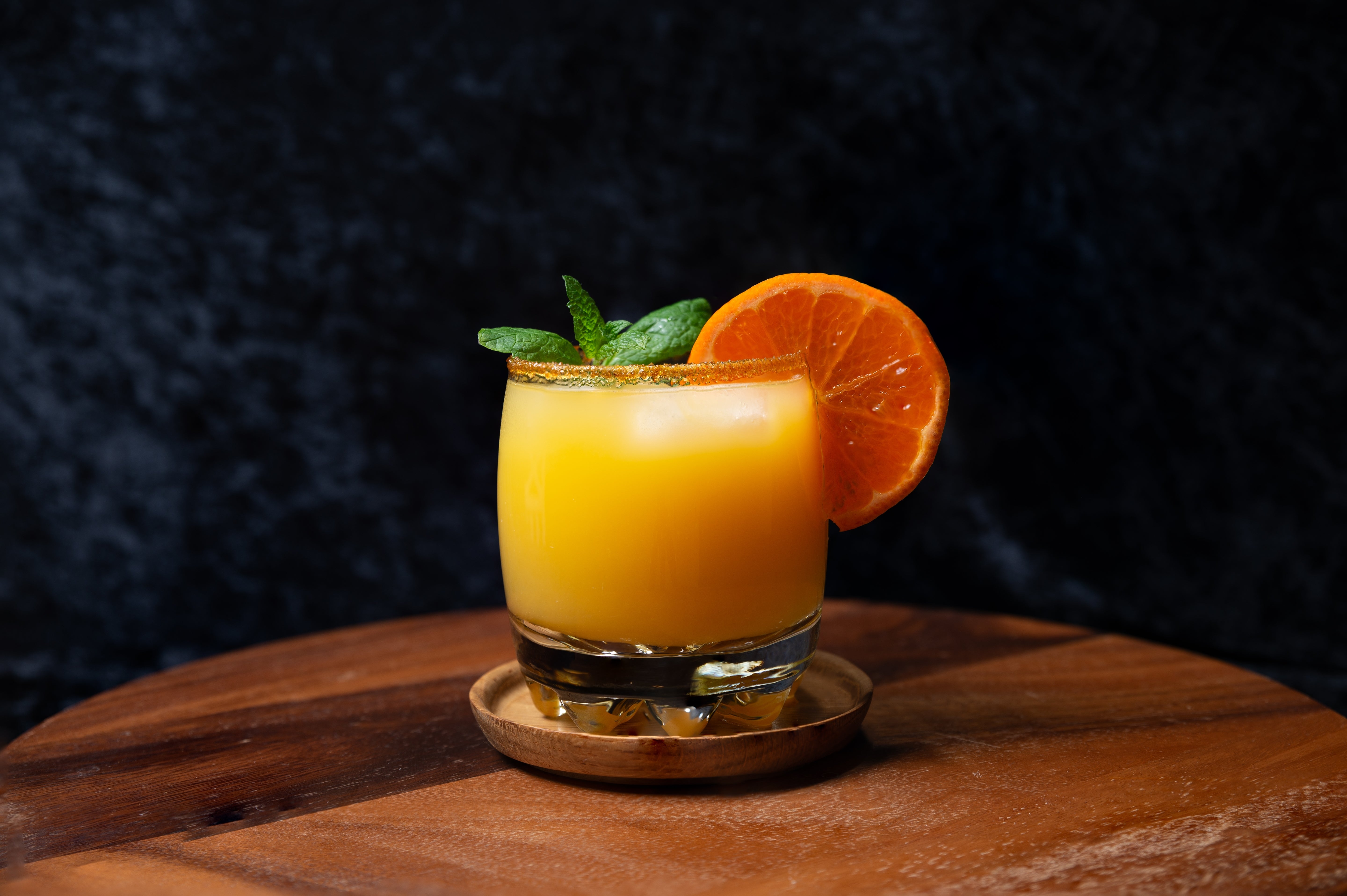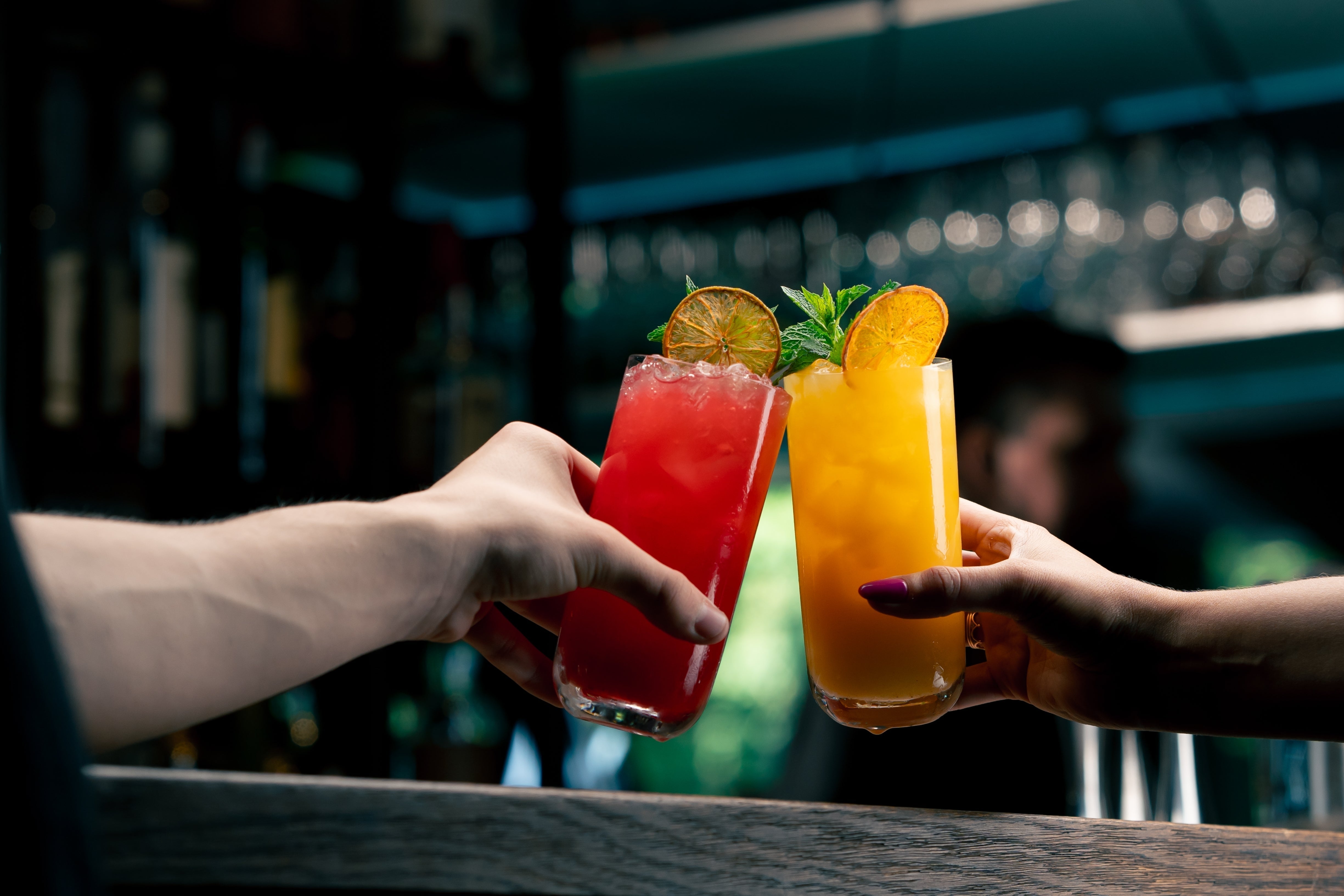According to Mordor Intelligence (2024), the global apple cider market is growing at a steady rate of 5.37% annually. With this in mind, apple cider cocktails have become a popular choice in North America.
There is a clear trend towards gluten-free diets in countries like the United States and Canada. In effect, Apple cider emerges as the gluten-free substitute for beer, offering a sweeter and more refreshing taste.
Another benefit is its relatively low alcohol content (between 3 and 8% by volume).
Industrial Process of Apple Cider Cocktails
Similarly, to other fruit alcoholic drinks, these cocktails follow a unique process for their production. Below, learn about the main industrial processes of apple juice and some recommendations to enhance them:
Commercial Production
From fruit on the tree to the bottle on the consumer's table, cider goes through an extensive industrialization process:
- First the fruit Selection: harvested, washed, crushed, and pressed. Many producers skip this process, acquiring ready-made apple pulp to proceed with cider production.
- Then goes the pressing, they extract the juice and ferment it with natural and added yeasts. This process takes between 10 and 15 days.
- Racking is performed to remove sediments, pulp residue, and other waste. Occasionally, the industry adds bentonite to facilitate settling.
- Finally, cider rests to acquire body, aroma, and flavor. Finally, producers bottle it for commercialization.

Apple Cider Cocktails: Production Aspects
Here are the main aspects producers of cider cocktails should consider:
- Selecting the best raw materials is crucial to ensure optimal quality. Bierfrucht offers apple pulp made with 100% natural and gluten-free fruit.
- You can produce natural or flavored cider. In the first case, it's important to retain some residual sugar to balance the beverage’s natural acidic taste.
- For an optimal balance between aroma and flavor, mix pulp made from different apple varieties.
- Organically sourced and properly processed apples retain most of their original nutrients in cider.
Optimizing Apple Cider Cocktail Production
If you own a company producing alcoholic and non-alcoholic beverages, these recommendations will help you maximize the production of cider apple cocktails:
- A quality drink is considered to have 80% apple flavor. Ensure the use of concentrated apple pulp of the highest quality.
- Monitor the alcohol percentage during the fermentation process. The ideal balance is around 5% alcohol content.
- Additionally, the drink should be clear, translucent, and naturally carbonated.
In conclusion, apple cider cocktails are increasingly winning over consumers. Consider these tips to create irresistible beverages with the perfect balance of freshness, aroma, and flavor.
Bibliographic References
Bizkaiko Foru Aldundia. Department of Natural Environment and Agriculture. (n.d.).
Mordor Intelligence. (2024). Analysis of the Size and Market Share of the Cider Market Trends and Growth Forecasts (2023 – 2028). https://www.mordorintelligence.com/es/industry-reports/cider-market-industry
